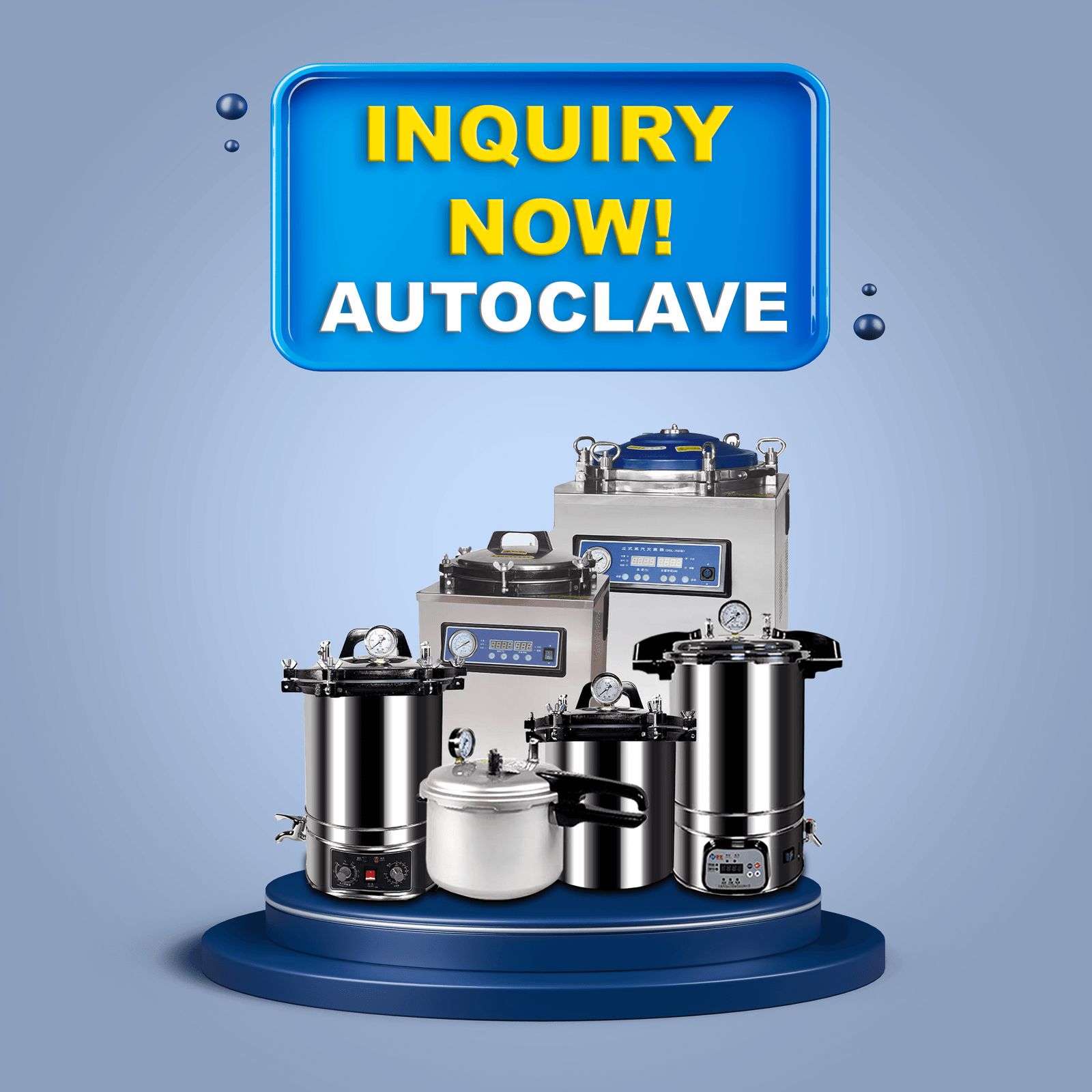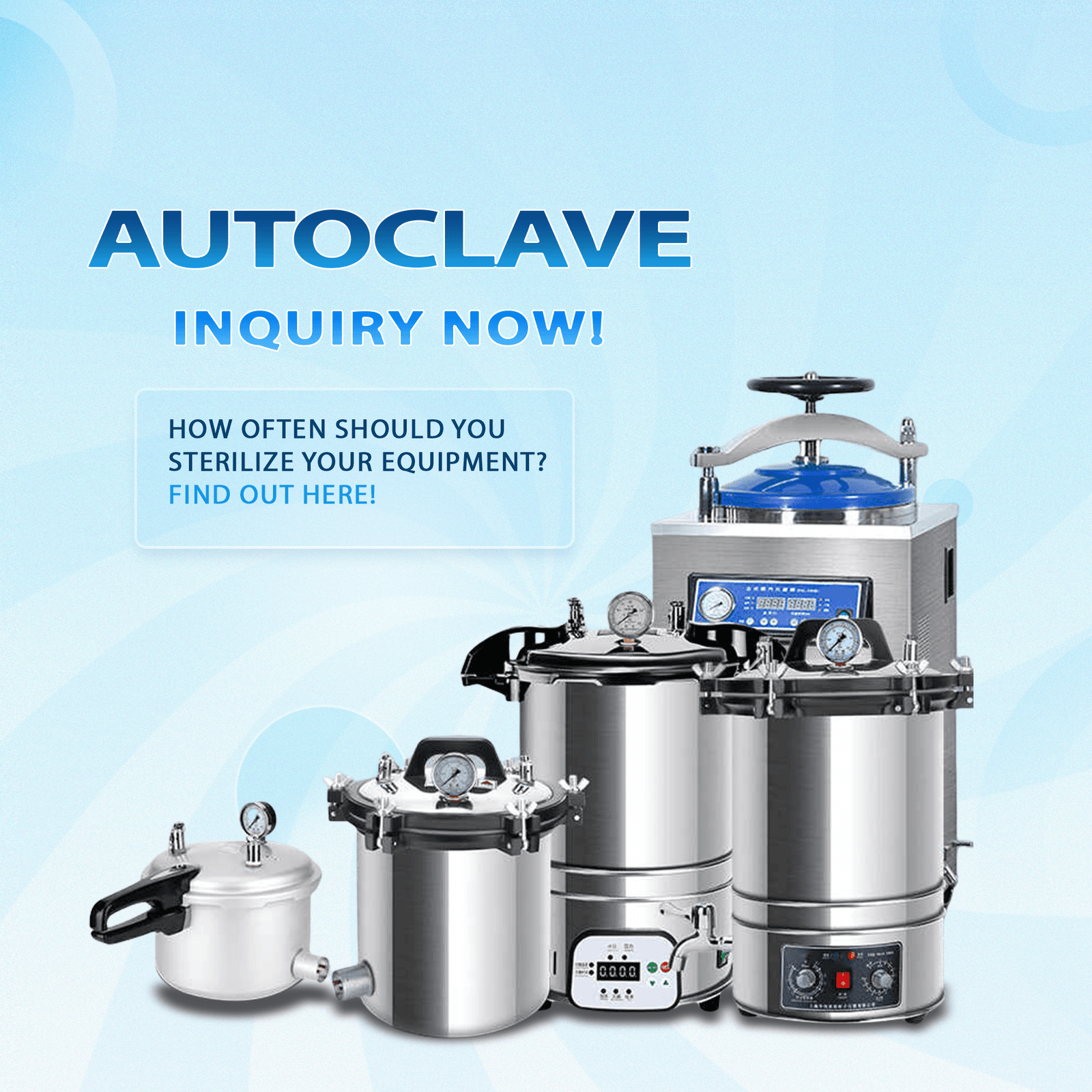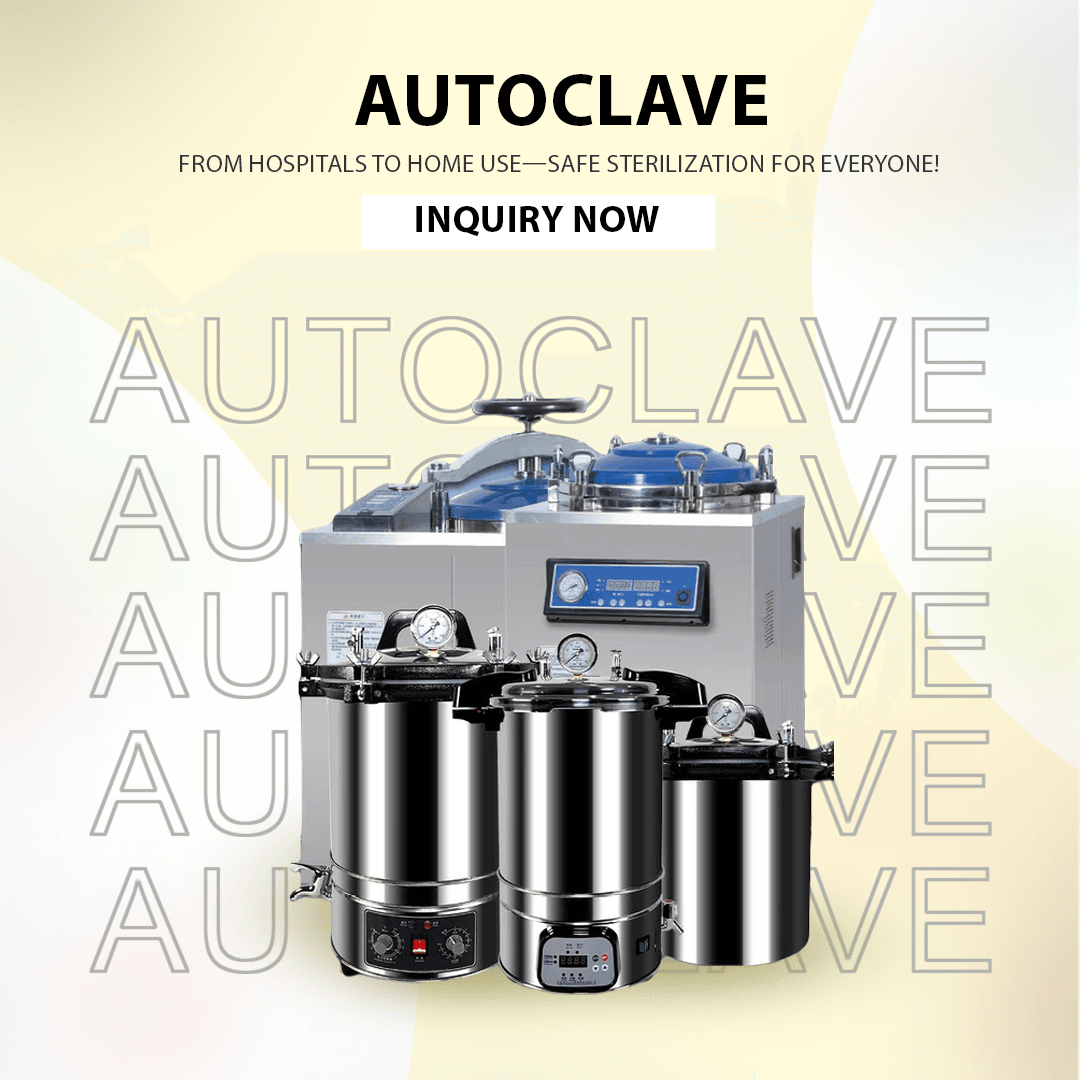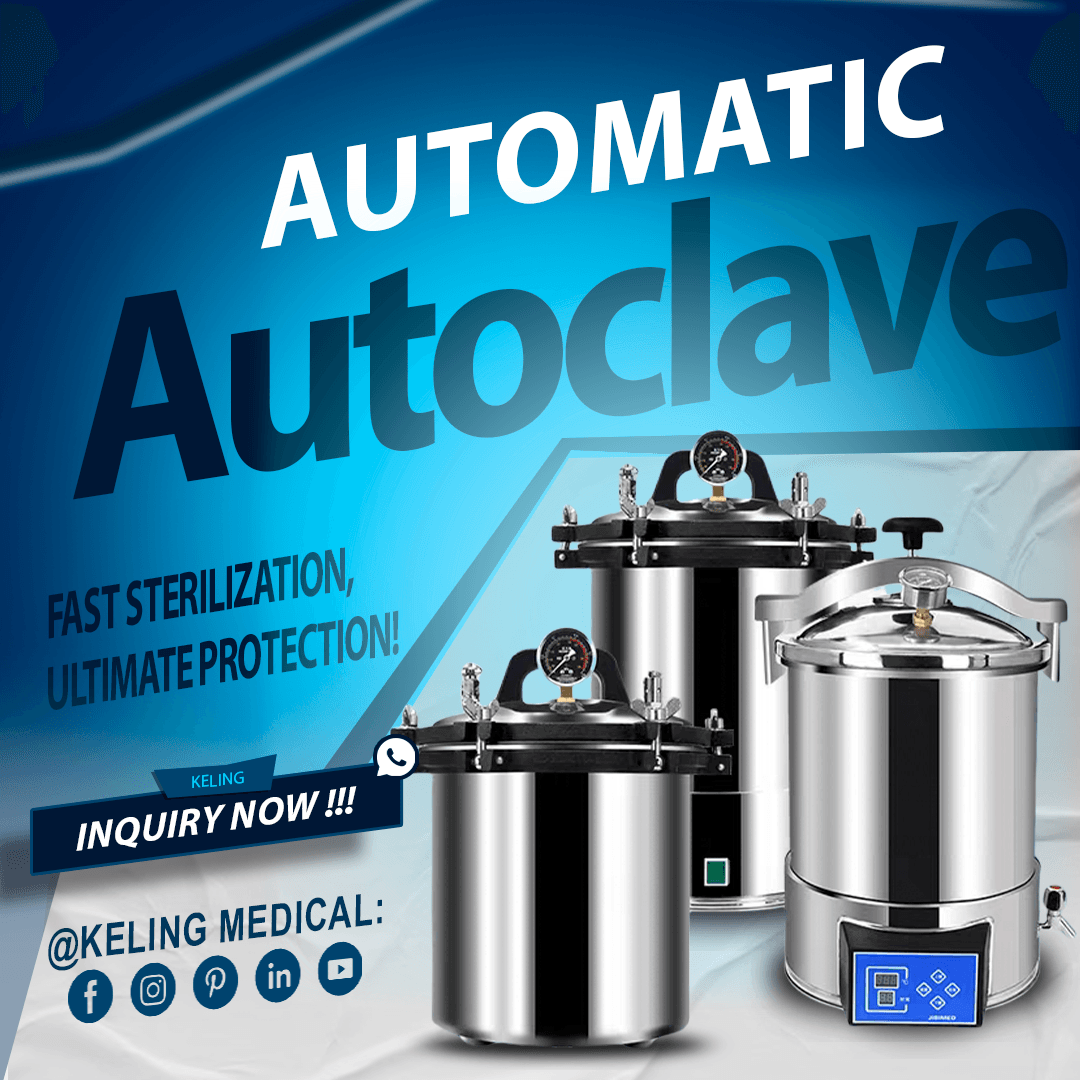
Medical device distributors along with procurement professionals and suppliers must understand liquid chemical sterilization methods and best practices to maintain product safety while meeting industry standards. Readers will find detailed information about liquid chemical sterilization methods alongside their uses and practical measures to enhance effectiveness.
The liquid chemical sterilization method requires immersing tools or devices in a specialized solution designed to eradicate bacteria and other harmful microorganisms like viruses, fungi, and spores.
The standard procedure includes these distinct steps:
Priemonių paruošimas: It is essential that instruments receive complete cleaning to eliminate organic residues before sterilization takes place.
Immersion in Sterilant Solution: Complete contact with the chemical agent is achieved by fully submerging instruments in the sterilant solution.
Exposure Duration: The sterilization solution needs to remain in contact with the surface for a designated time period to effectively eliminate microbes.
Rinsing: Sterile water is used to rinse instruments until all remaining chemicals are eliminated.
Džiovinimas: When instruments undergo proper drying they reach a state where they are safe for use.
The following chemical agents are regularly utilized for liquid chemical sterilization:
Glutaraldehyde serves as a prevalent sterilization agent because of its powerful antimicrobial effectiveness against bacteria, viruses and spores.
Peracetic Acid demonstrates swift antimicrobial action against both common and resistant organisms throughout its extensive spectrum.
Hydrogen Peroxide functions as a sterilization agent that combines strong antimicrobial properties with reduced environmental impact.
Protective gloves and masks along with eyewear must be worn during sterilant handling to prevent skin exposure and inhalation.
Establish proper ventilation within the sterilization area to reduce exposure to chemical fumes.
Maintain sterilant efficacy by storing them in airtight containers and out of direct sunlight.
Thorough pre-cleaning of instruments is essential to eliminate organic matter which may protect microorganisms against sterilants.
To achieve optimal effectiveness follow the manufacturer’s instructions for proper dilution of the sterilant solution.
Follow the recommended exposure time guidelines to achieve complete microbial elimination.
Use sterile water to rinse instruments which helps eliminate remaining chemicals and prevents subsequent contamination during their operation.
Conduct routine validation tests to verify the sterilization process maintains adherence to industry standards continuously.
Verify sterilization cycle efficacy by utilizing biological indicators.
Healthcare facilities frequently utilize liquid chemical sterilization methods to disinfect heat-sensitive medical equipment including surgical instruments and catheters. Healthcare settings prefer this method because it maintains the integrity of delicate materials during sterilization.
The pharmaceutical sector utilizes liquid sterilization processes to treat containers, production machinery, and laboratory tools. The sterilization method protects products from contamination before distribution.
The food processing sector utilizes liquid chemical sterilization for cleaning packaging materials and tools to protect food products and meet hygiene requirements.
The sterilization of heat-sensitive medical instruments and equipment across multiple industries depends on liquid chemical sterilization methods. Medical device distributors and suppliers along with procurement experts who implement best practices, ensure safety measures and utilize correct chemicals achieve product safety and dependability.
When businesses understand liquid chemical sterilization processes and applications they can make thoughtful decisions and remain compliant with industry standards.
If you’re looking for high-quality sterilization equipment or have questions about liquid sterilization, contact Keling Medical today for expert advice and solutions.
El. paštas: inquiry@shkeling.com
"WhatsApp": +8618221822482
Interneto svetainė: https://autoclaveequipment.com/
Liquid chemical sterilization is ideal for heat-sensitive materials, offers broad-spectrum antimicrobial activity, and is suitable for delicate instruments.
Common chemicals include glutaraldehyde, peracetic acid, and hydrogen peroxide.
When performed correctly and with proper safety precautions, liquid chemical sterilization is safe and effective.
Ensure thorough cleaning of instruments, use the correct dilution of sterilants, adhere to exposure times, and validate the process regularly.
Liquid chemical sterilization is widely used in medical devices, pharmaceuticals, and food processing industries.
Norėdami gauti daugiau informacijos arba įsigyti sterilizavimo įrangos, kreipkitės į Keling Medical šiandien!
El. paštas: inquiry@shkeling.com
"WhatsApp": +8618221822482
Interneto svetainė: https://autoclaveequipment.com/

Sveikatos priežiūros ir laboratorijų aplinkoje pirmenybė turi būti teikiama visiškam pavojingų mikroorganizmų pašalinimui iš visos įrangos ir medžiagų, nes tai yra esminis žingsnis siekiant apsaugoti pacientų saugą ir kontroliuoti infekcijas. Sterilizacija autoklavu

Sveikatos priežiūros sektoriuje galioja griežtos taisyklės, todėl, siekiant apsaugoti pacientus nuo infekcijų ir išlaikyti saugos standartus, reikalaujama, kad medicinos instrumentai būtų sterilūs. Galingas autoklavų sterilizatorius yra pagrindinė

Autoklavai yra labai svarbūs sveikatos priežiūros srityje, nes jais sterilizuojami medicininiai instrumentai ir medžiagos, o tai padeda kontroliuoti infekcijas. Reguliari techninė priežiūra ir tinkamas valymas lemia, ar šie prietaisai veiks efektyviai. Medicinos

Autoklavai yra labai svarbi sveikatos priežiūros ir infekcijų kontrolės įranga, skirta steriliai medicinos instrumentų ir laboratorinės įrangos bei kitų gyvybiškai svarbių medžiagų būklei palaikyti. Medicinos įrangos tiekėjai ir pirkimų ekspertai

Sveikatos priežiūros paslaugų teikėjai turi teikti pirmenybę instrumentų ir medžiagų sterilumui, kad veiksmingai išvengtų infekcijų ir apsaugotų pacientų sveikatą. Sterilizacija autoklave yra itin patikimas metodas, kuris plačiai taikomas visoje Europoje.

Sveikatos priežiūros pramonėje reikalaujama griežtų infekcijų kontrolės priemonių, todėl tam tikri terminai ir priemonės yra labai svarbūs saugai ir higienai užtikrinti. Medicinos ir laboratorijų aplinkoje, kurioje reikalaujama sterilių sąlygų